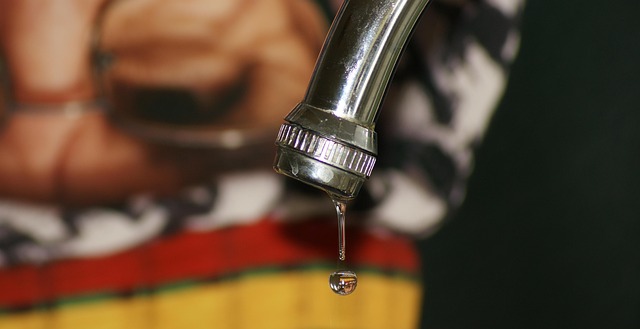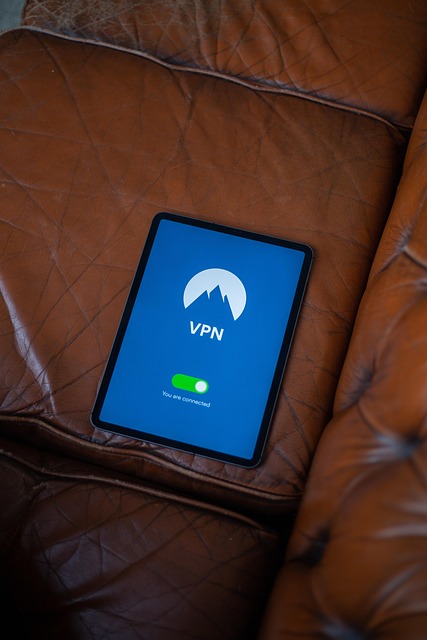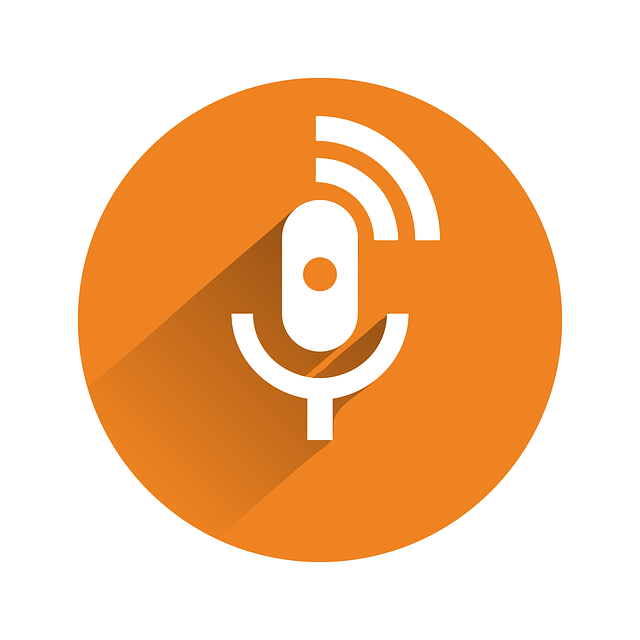Water line leaks, caused by aging pipes, corrosion, weather, and poor installation, pose significant issues in residential and commercial settings, leading to structural damage, mold growth, and electrical hazards. Early adoption of affordable leak detection methods is vital for minimizing these problems through efficient repairs and preventing further complications. Traditional invasive methods are costly and disruptive, while modern solutions like ground-penetrating radar and smart water monitoring systems offer non-invasive, environmentally friendly options. Advancements in technology, such as smart sensors, data analytics, and non-disruptive techniques like acoustic detection and thermal imaging, have revolutionized leak detection, saving time, money, and minimizing damage. Real-world applications demonstrate the effectiveness of these affordable solutions, with communities seeing reduced costs, improved water availability, and enhanced network efficiency. Future trends include IoT integration for predictive analytics, remote monitoring, and automated control systems, aiming to further revolutionize water line leak prevention and management.
Water line leaks are a common yet costly issue for homes and businesses. Understanding their causes and impact is crucial, especially as traditional detection methods can be invasive and inefficient. The rise of affordable, advanced technology offers a game-changer in leak detection, providing faster, safer, and more accurate results. This article explores these innovations, from non-invasive techniques to case studies, highlighting the benefits of early detection for cost and time savings. Discover how future trends aim to revolutionize water line leak prevention.
Understanding Water Line Leaks: Common Causes and Impact

Water line leaks are a common issue that can have significant impacts on both residential and commercial properties. Understanding their causes is crucial for efficient detection and repair, especially when considering affordable leak detection solutions. Some of the most frequent reasons for water line leaks include aging pipes, corrosion, damage from extreme weather conditions, or poor installation. As pipes age, they weaken, making them more susceptible to bursts due to pressure changes or freezing temperatures. Corrosion can also lead to leaks by eating away at the pipe material over time.
The effects of water line leaks are wide-ranging. They not only result in significant waste of this precious resource but can also cause substantial damage to buildings and infrastructure. Water infiltration can lead to mold growth, structural degradation, and even electrical hazards. Moreover, leaks may go undetected for long periods, compounding the problems and making repairs more complex and costly. Therefore, early detection through affordable leak detection methods is essential to mitigate these impacts and prevent further complications.
Traditional Leak Detection Methods: Pros and Cons

Traditional methods for detecting water line leaks often involve invasive techniques that can be costly and time-consuming. These include digging up sections of pipe to visually inspect for damage, a process known as dig-and-check. While this method is reliable, it disrupts the ground surface, causes inconvenience, and may not always be feasible in urban areas due to infrastructure limitations. Another traditional approach is listening for unusual noises or water hammering, which requires specialized equipment and trained personnel, making it less accessible and potentially more expensive.
The advantages of these traditional methods lie in their accuracy and effectiveness, especially for larger leaks. However, they are often not the most efficient or cost-effective choices, particularly for smaller, hard-to-detect leaks. Additionally, they can be labor-intensive and may cause temporary disruptions, which is a consideration for areas with heavy traffic or sensitive environments. Thus, modern solutions like advanced non-invasive detection techniques (including ground-penetrating radar) and smart water monitoring systems offer more affordable leak detection options that are both efficient and environmentally friendly.
The Rise of Affordable Technology for Efficient Detection

In recent years, the landscape of water line leak detection has undergone a significant transformation with the rise of affordable technology solutions. Traditional methods, once costly and time-consuming, are being replaced by innovative tools that offer efficient and cost-effective leak identification. This shift is largely driven by the increasing demand for sustainable water management and the need to reduce infrastructure costs.
Advanced technologies like smart sensors, non-invasive detection systems, and data analytics platforms have emerged as game-changers in the field. These affordable solutions allow utility companies and property owners to proactively detect leaks, minimizing damage and waste. By leveraging real-time data and advanced algorithms, these technologies can identify even subtle anomalies in water flow patterns, providing an early warning system for potential leaks before they escalate into major crises.
Non-Invasive Techniques: A Safer Approach to Leak Identification

Non-invasive techniques have emerged as a safer and more cost-effective approach to water leak detection, especially for properties with complex plumbing systems or sensitive environments. These methods allow professionals to identify leaks without causing any damage to the pipes or disruptions to the building’s occupants. One popular non-invasive technique is acoustic detection, which uses sound waves to pinpoint leaking areas. By transmitting sound through the pipes and measuring the echoes, technicians can detect anomalies that indicate a leak. This method is particularly useful in hard-to-reach spaces and does not require any physical alteration to the plumbing system.
Another affordable leak detection solution is infrared thermal imaging. This technology captures heat patterns, making it possible to visualize water leaks as they appear as cold spots on the imagery. Unlike traditional methods that might involve digging or cutting into pipes, thermal imaging offers a non-disruptive way to identify leaks from the surface. This approach not only saves time and money but also minimizes potential damage and downtime for buildings and facilities.
Benefits of Early Detection: Saving Costs and Time

Early detection of water line leaks is not only a smart move for homeowners and business owners but also offers significant advantages in terms of cost and time savings. When a leak goes unnoticed, it can lead to severe damage, requiring extensive repairs and replacements, which are often costly. By employing affordable leak detection methods, you can prevent these unexpected expenses. This proactive approach allows for quick repairs, minimizing disruption to your daily routines and reducing the risk of mold growth and other associated issues.
The benefits extend beyond financial savings. Early intervention ensures that a small issue doesn’t turn into a major crisis. It preserves the integrity of your plumbing system, prolongs the life of your pipes, and prevents unnecessary wastage of water, making it an environmentally conscious choice as well.
Case Studies: Successful Implementation in Real-World Scenarios

In real-world applications, affordable leak detection systems have proven invaluable in various scenarios. For instance, a small community in rural America faced persistent water loss issues, leading to significant financial burdens and reduced water availability for residents. Implementing an advanced leak detection technology, which utilized smart sensors and data analytics, allowed them to identify and repair leaks promptly. This initiative not only mitigated water waste but also saved the community substantial costs associated with infrastructure repairs and maintenance.
Another successful case study involves a major city’s municipal water authority. They adopted affordable leak detection solutions to enhance their network’s efficiency and sustainability. By deploying non-invasive detection methods, they could monitor pipes without excavation, reducing disruptions to urban areas. This approach led to the early identification of leaks, minimizing water loss during peak demand periods and contributing to a more robust and cost-effective water distribution system.
Future Trends: Enhancing Water Line Leak Prevention

As technology advances, future trends in water line leak detection are poised to revolutionize the industry. One prominent trend is the integration of smart sensors and Internet of Things (IoT) devices that can monitor water lines in real-time. These advanced systems use data analytics to predict potential leaks before they occur, enabling proactive maintenance and significant cost savings. By deploying affordable leak detection solutions, utilities can enhance their infrastructure’s resilience and minimize disruptions caused by leaks.
Additionally, remote monitoring and automated control systems will play a crucial role in efficient water line management. Drones equipped with high-resolution cameras and advanced imaging technology are expected to become more common for visual inspection of hard-to-reach areas, making leak detection faster and more accessible. These innovations not only improve the effectiveness of leak prevention but also contribute to a more sustainable and cost-efficient water distribution network.
